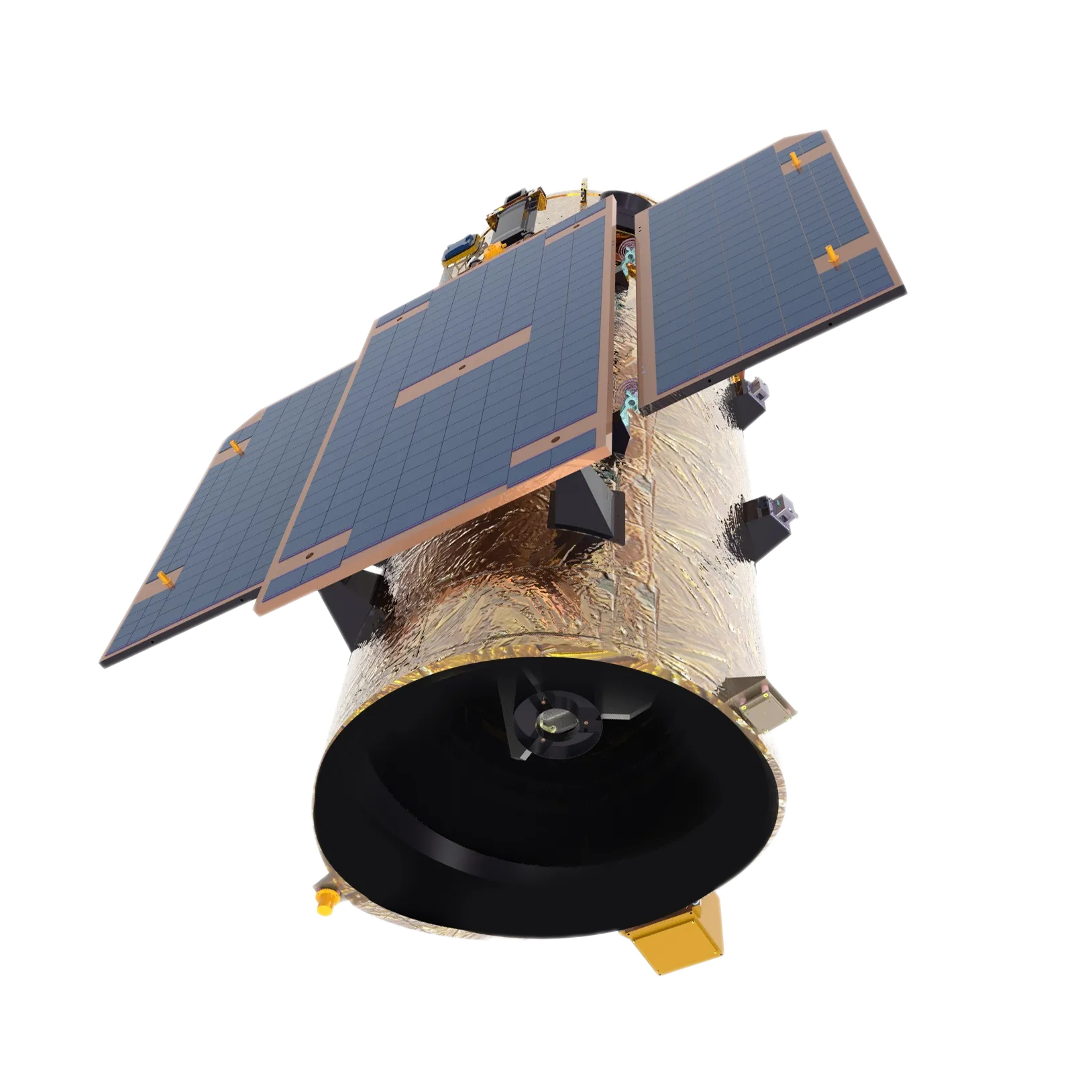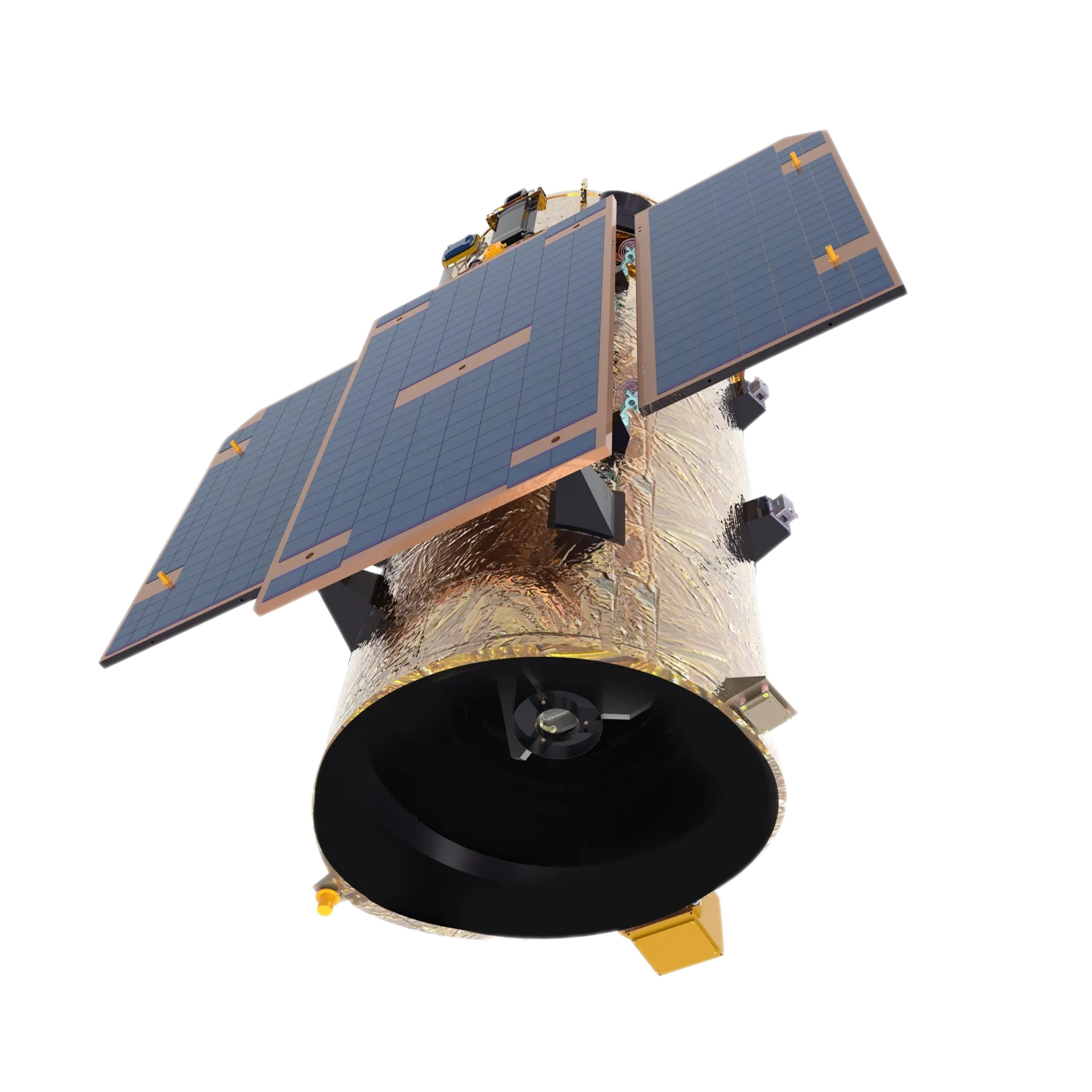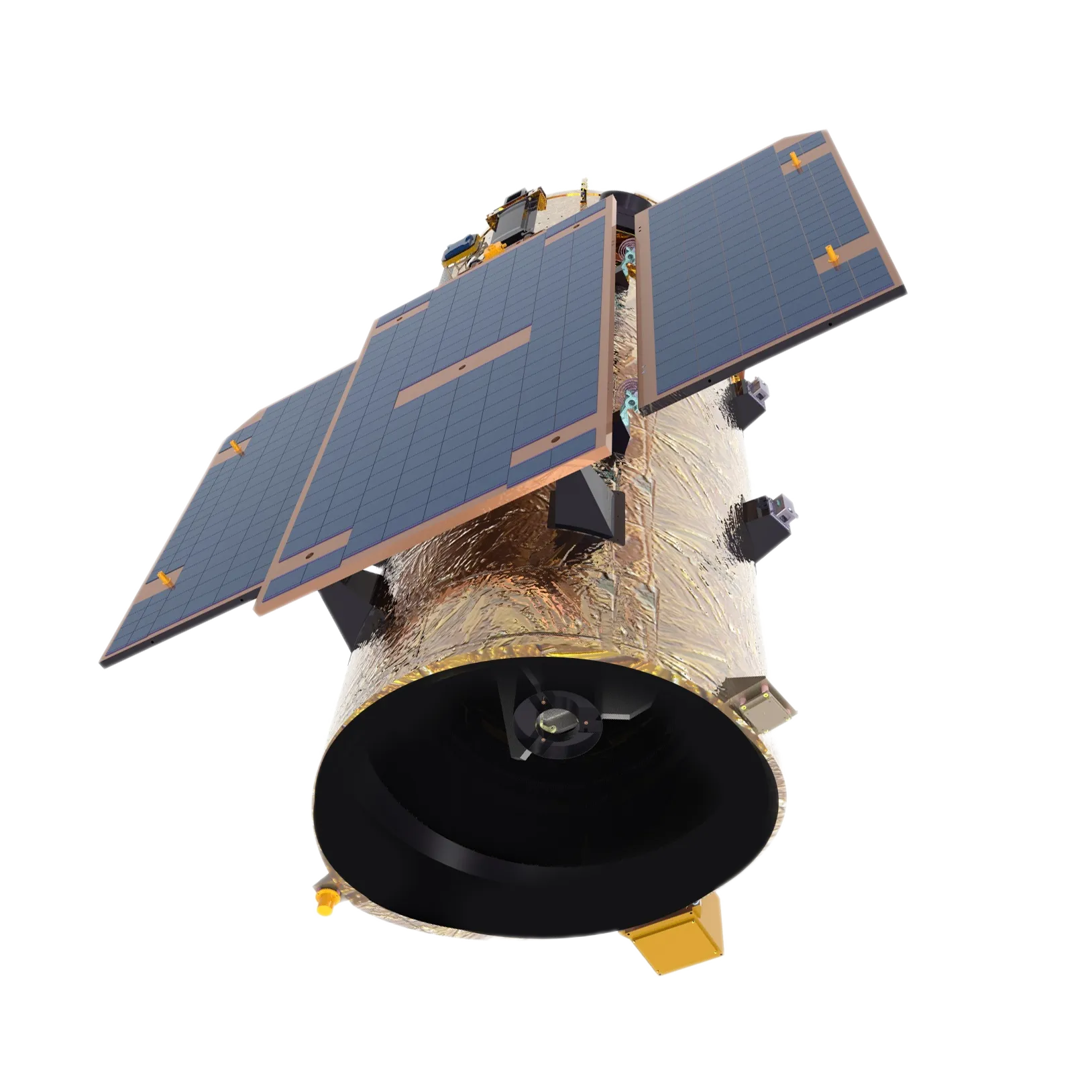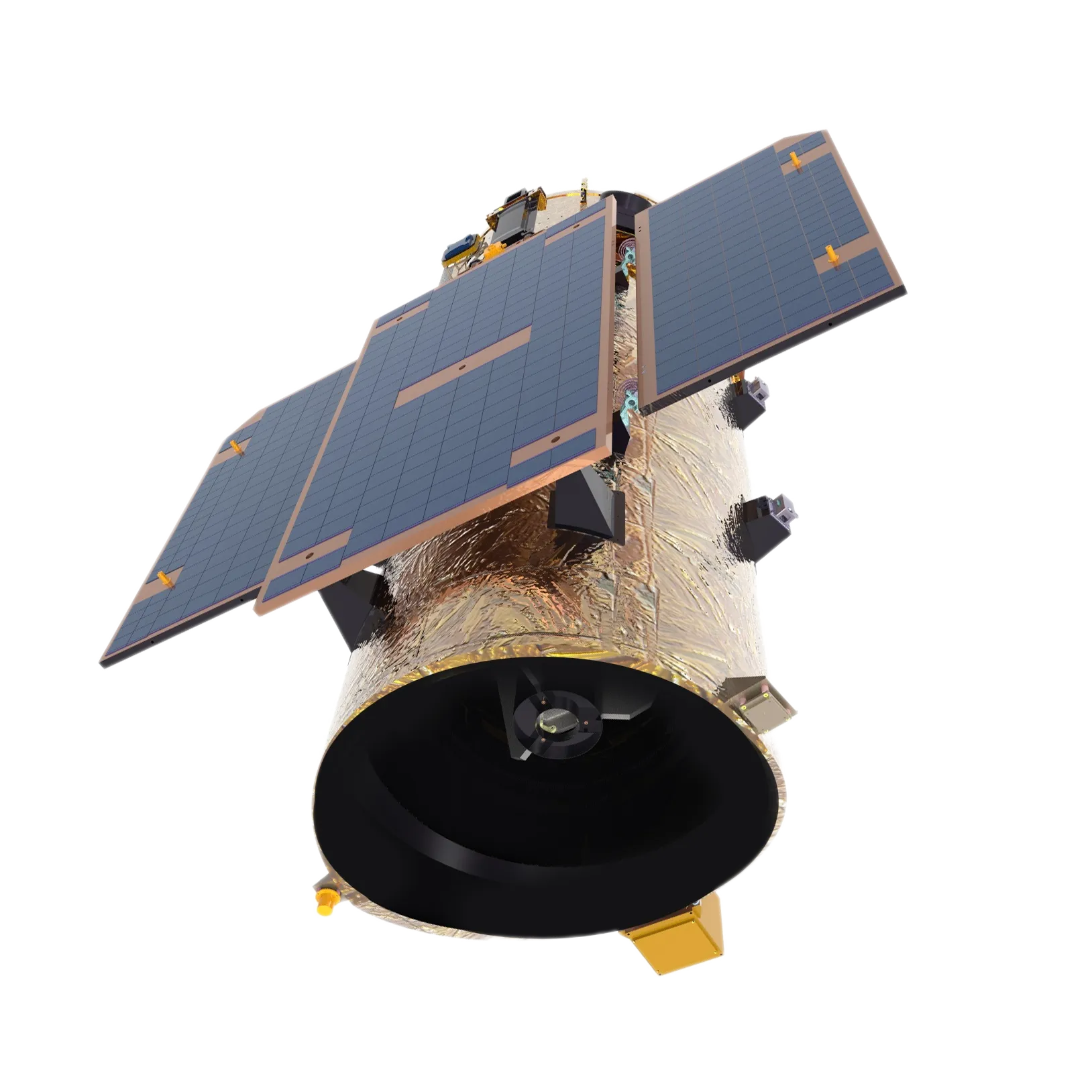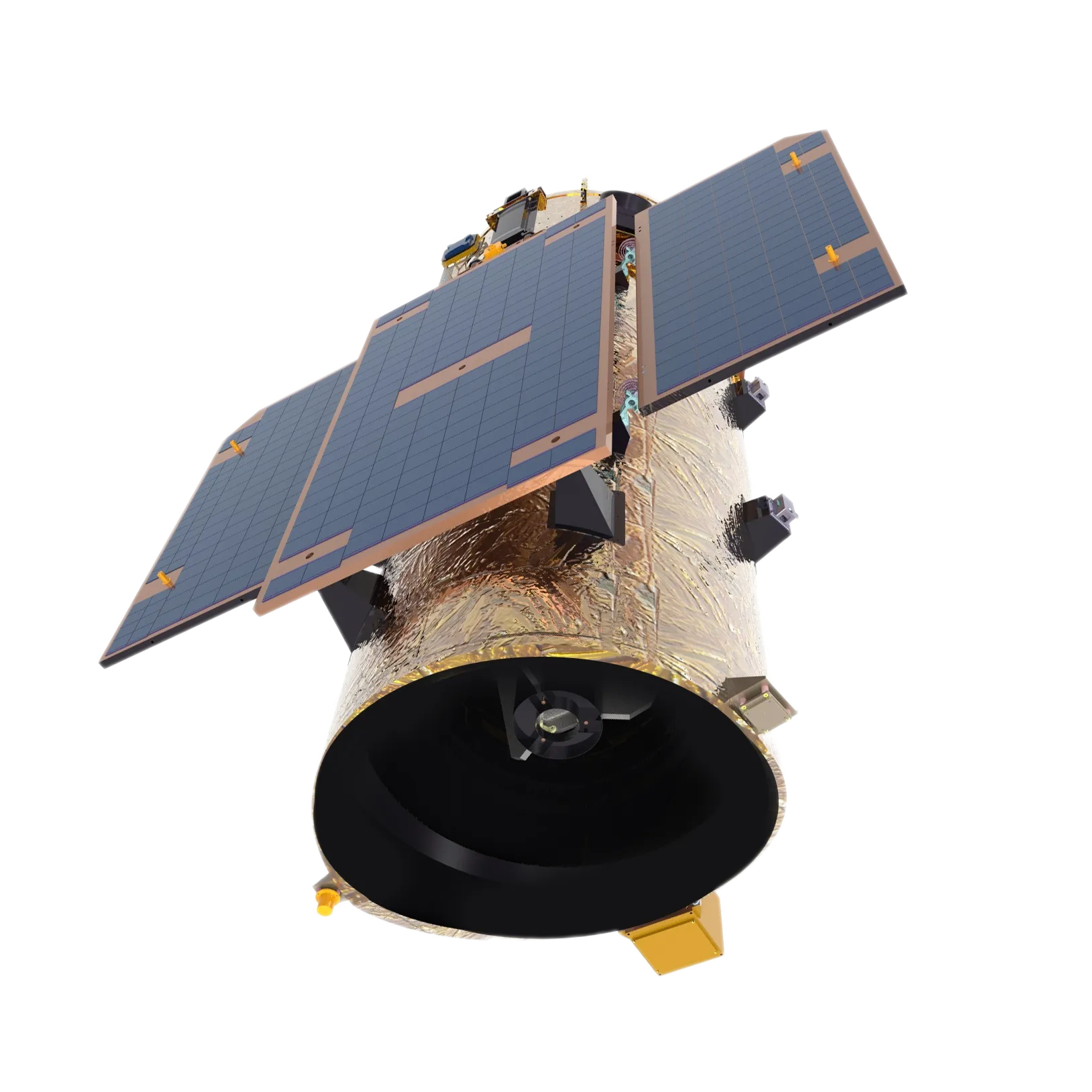
- აფრიკელი
- ალბანური
- ამჰარული
- არაბული
- სომხური
- აზერბაიჯანული
- ბასკური
- ბელორუსული
- ბენგალური
- ბოსნიელი
- ბულგარული
- კატალონიური
- სებუანო
- ჩინეთი
- კორსიკელი
- ხორვატული
- ჩეხური
- დანიური
- ჰოლანდიური
- ინგლისური
- ესპერანტო
- ესტონური
- ფინური
- ფრანგული
- ფრიზიული
- გალისიური
- ქართული
- გერმანული
- ბერძენი
- გუჯარათი
- ჰაიტური კრეოლური
- ჰაუსა
- ჰავაიელი
- ებრაული
- არა
- მიაო
- უნგრული
- ისლანდიური
- იგბო
- ინდონეზიური
- ირლანდიური
- იტალიური
- იაპონური
- იავური
- კანადა
- ყაზახური
- ქმერული
- რუანდა
- კორეული
- ქურთული
- ყირგიზული
- შრომა
- ლათინური
- ლატვიური
- ლიტვური
- ლუქსემბურგული
- მაკედონელი
- მალაგასური
- მალაიზიური
- მალაიალამური
- მალტური
- მაორი
- მარათჰი
- მონღოლური
- მიანმარი
- ნეპალური
- ნორვეგიული
- ნორვეგიული
- ოქსიტანური
- პუშტუ
- სპარსული
- პოლონური
- პორტუგალიური
- პენჯაბური
- რუმინული
- რუსული
- სამოა
- შოტლანდიური გალური
- სერბული
- ინგლისური
- შონა
- სინდი
- სინჰალური
- სლოვაკური
- სლოვენური
- სომალიური
- ესპანური
- სუნდური
- სუაჰილი
- შვედური
- ტაგალო
- ტაჯიკური
- ტამილური
- თათრული
- ტელუგუ
- ტაილანდური
- თურქული
- თურქმენი
- უკრაინული
- ურდუ
- უიღური
- უზბეკური
- ვიეტნამური
- უელსური
- დახმარება
- იდიში
- იორუბა
- ზულუ
ახალი ამბები
Advanced Satellite Platform Solutions For Modern Remote Sensing
In the ever-evolving world of aerospace and space technology, the სატელიტური პლატფორმა serves as the backbone of all satellite operations. Whether enabling global communications, high-resolution Earth observation, or scientific measurements, these platforms define the functionality and efficiency of any mission. The growth of CubeSat bus technology and the increasing demand for customized satellite platforms in remote sensing have led to transformative changes across the industry.

The Importance of a Reliable Satellite Platform
A სატელიტური პლატფორმა provides the foundational architecture for all onboard systems, including power supply, thermal control, attitude determination, and communication modules. It ensures that the payload — such as a camera, spectrometer, or radar system — can operate efficiently in space. As applications expand from environmental monitoring to disaster management, the expectations for platform performance, adaptability, and cost-efficiency continue to rise.
In remote sensing, precision, data fidelity, and long-term operability are key. Therefore, the satellite platform in remote sensing must offer not only physical support but also the flexibility to handle various imaging systems and transmit critical data back to Earth with minimal latency. Advanced platforms are increasingly modular, lightweight, and built with scalable interfaces to serve multiple mission types and durations.
Compact Efficiency with CubeSat Bus Systems
The rise of the CubeSat platform has revolutionized the way institutions and companies approach space missions. These miniaturized satellites, typically based on standard unit sizes (1U, 3U, 6U, etc.), utilize a CubeSat bus to provide core functionalities in a highly compact form. Despite their small size, CubeSats can carry sophisticated payloads for Earth observation, scientific research, or communications.
A CubeSat bus integrates essential systems such as power management, attitude control, and communication hardware into a compact, flight-proven design. Because of their low cost and rapid deployment cycle, CubeSats are ideal for technology validation, education, or commercial services. With a versatile CubeSat platform, even small teams can achieve successful missions, reducing the barrier to entry for space programs worldwide.
Designing the Ideal Satellite Bus Structure
At the heart of every satellite is a meticulously engineered satellite bus structure. This framework supports the mechanical, thermal, and electronic subsystems, ensuring the satellite's overall stability and reliability in orbit. Modern satellite buses are designed to be highly modular, enabling quick integration with different payloads and rapid manufacturing cycles.
A well-designed satellite bus structure accounts for factors like launch vibration, space radiation, thermal cycling, and microgravity dynamics. Especially for medium and large platform satellite configurations, the bus must offer both robustness and adaptability to accommodate changing mission objectives or extended service life.
Moreover, the integration of advanced materials and smart electronics has allowed today’s satellite buses to be lighter yet more capable. They offer seamless interoperability with propulsion modules, high-gain antennas, solar panels, and advanced onboard processors, delivering performance typically reserved for larger geostationary satellites at a fraction of the cost.
Satellite Platforms in Remote Sensing: Empowering Earth Insights
Satellite platforms in remote sensing continue to unlock valuable insights about our planet, from tracking climate change to monitoring agricultural trends. These platforms must support high-resolution optical and infrared imaging, synthetic aperture radar, and multispectral or hyperspectral sensors — often simultaneously.
To meet this demand, modern სატელიტური პლატფორმა providers offer customizable configurations tailored to specific data needs and operating environments. Whether the mission requires polar orbiting, sun-synchronous timing, or real-time downlink capabilities, the satellite platform must balance power, thermal control, and data throughput in one unified solution.
Additionally, with the deployment of satellite constellations using small or mid-size platforms, the accessibility and frequency of remote sensing data have dramatically improved. This development is particularly significant for time-sensitive applications such as natural disaster detection, maritime surveillance, and crop monitoring.






